BUT
Algorithmin quantum computing - a set of operations that must be performed to solve a problem on
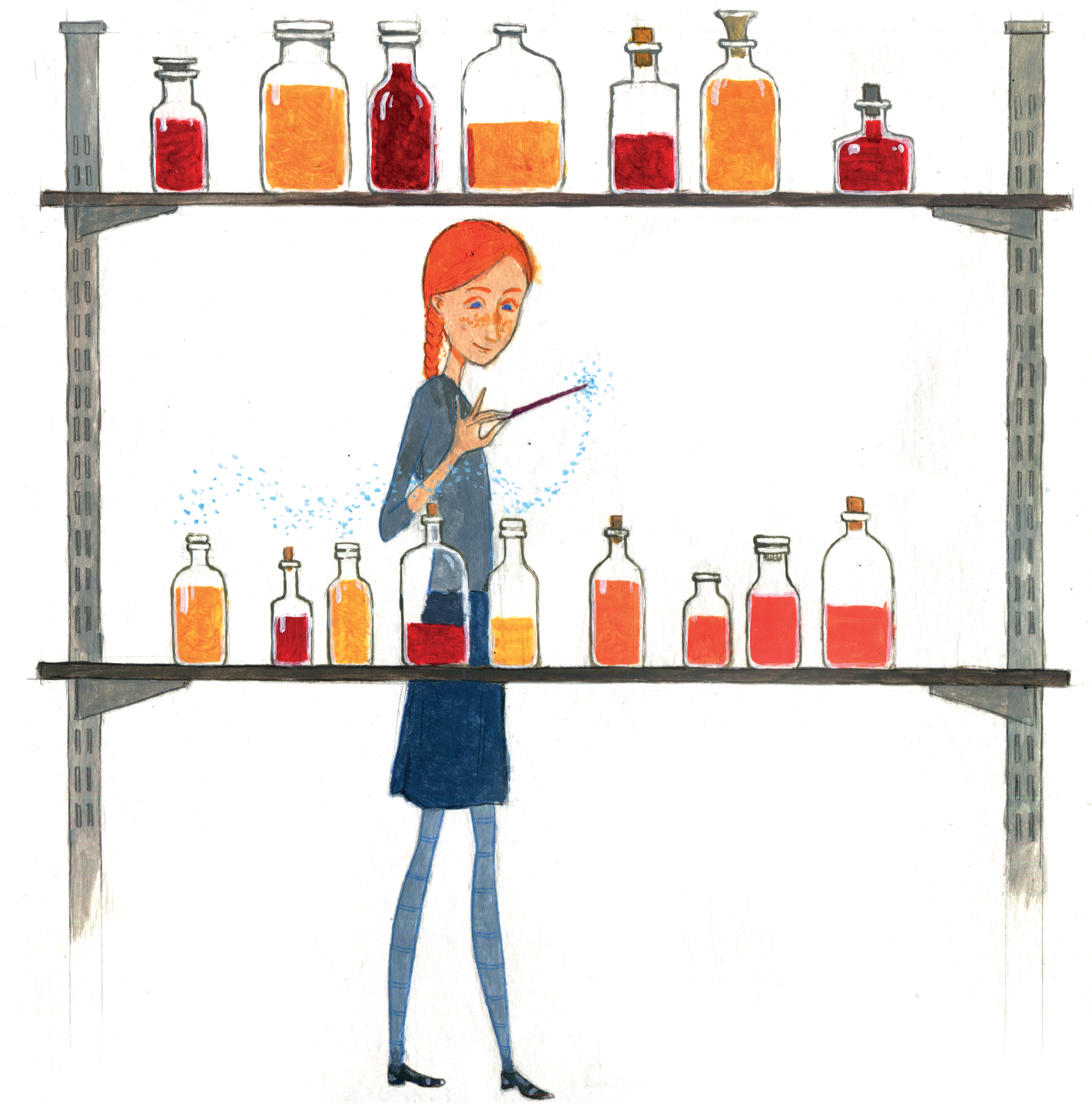 All illustrations from the book by Alexei Kavokin
All illustrations from the book by Alexei Kavokin
B
Fighting decoherence- one of the methods for correcting calculation errors produced by quantum computers. The more effective the fight, the more reliable the results of the quantum algorithms will be.
AT
Wave function- a function that is used in quantummechanics to describe the so-called "pure state of the system". It sets the probability of finding the system in a particular state. The quantum measurement leads to the collapse of the wave function: the probabilities of all states, except one, vanish.
G
Geometry, quantum- a method of describing objects whose size is so small that such classical concepts as trajectory and speed are no longer applicable to them.
D
Decoherence— the process of violation of coherence (constancyphase differences of wave functions - “High-tech”) of qubits as a result of the interaction of the system with the environment. In other words, decoherence is the emergence of entanglement between a quantum system and its environment. It is this that is the source of errors during calculations. To slow it down, it is necessary to isolate the qubits and reduce the influence of external factors. In practice, this is realized, for example, by cooling the qubits to ultra-low temperatures.
E
Capacity, quantum- a quantity that is defined as a change in electric charge relative to a change in electrochemical potential. Quantum capacitance is also called chemical or electrochemical capacitance.
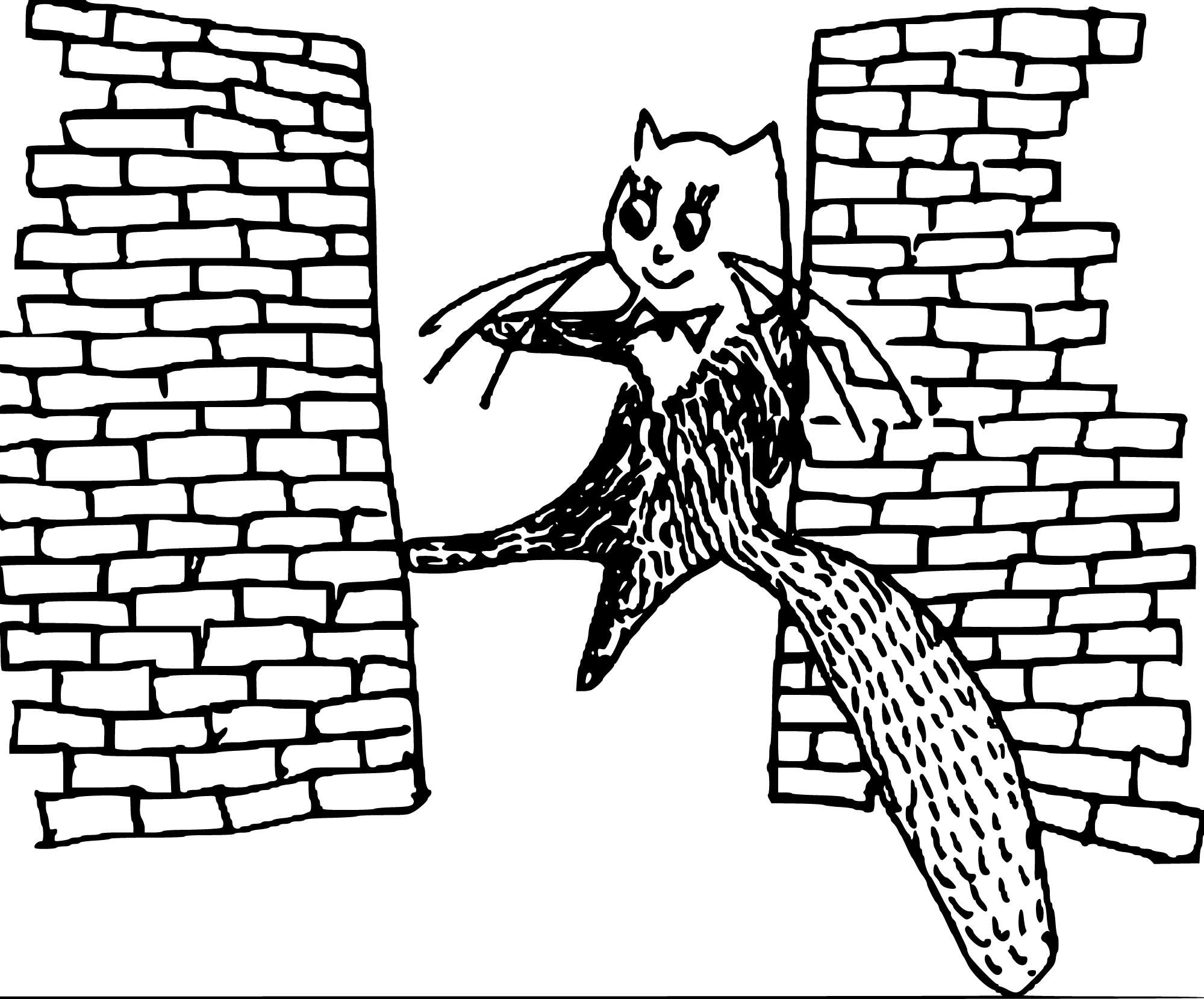
F
Liquid, quantumis a liquid whose properties are determinedquantum effects. An example of a quantum liquid is superfluid helium-II, a liquid with zero viscosity. Superfluid helium penetrates into arbitrarily narrow capillaries.
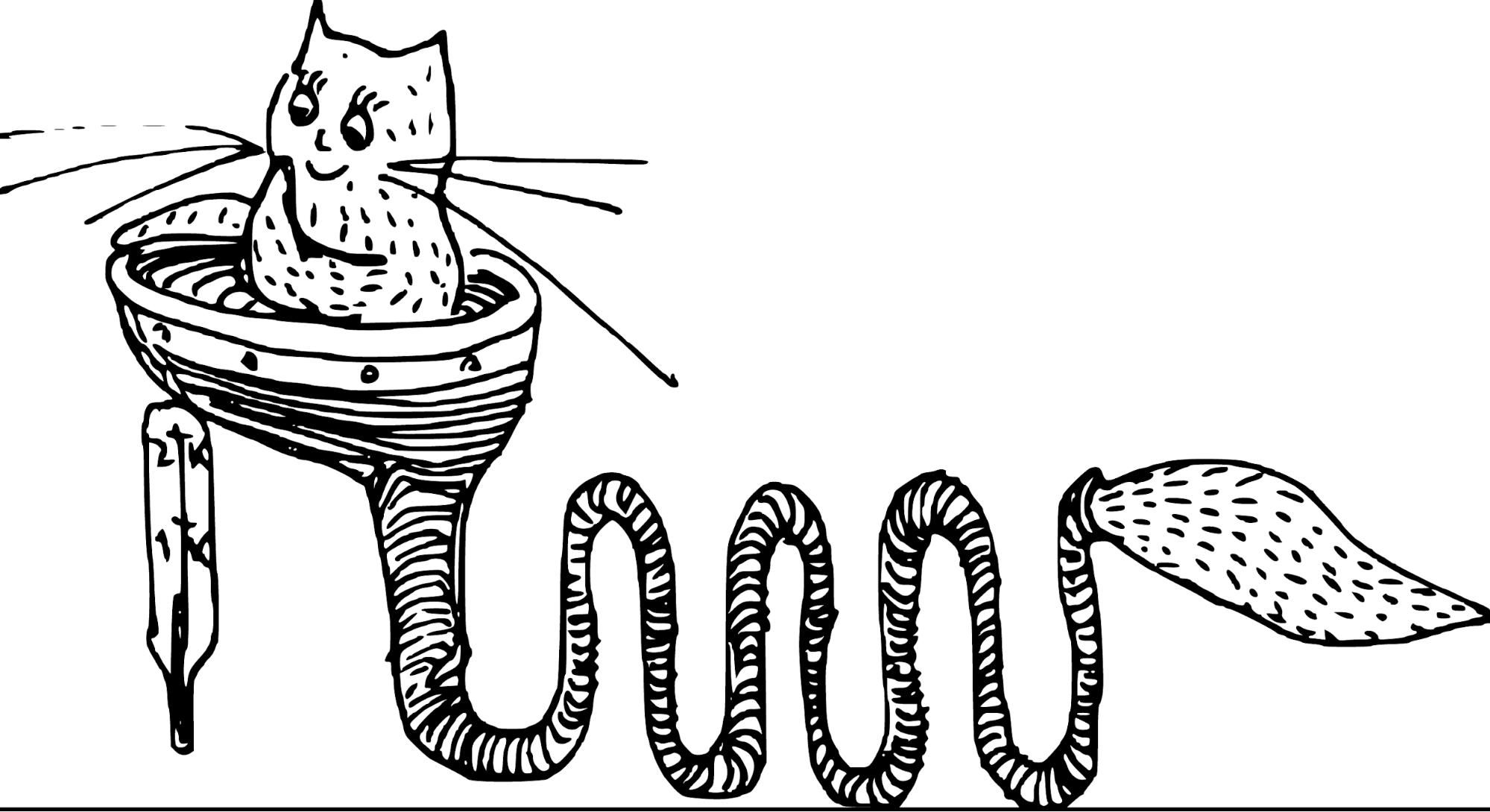
Z
Castle, quantum— configuration of the magnetic field, fixingobject in three-dimensional space. The most striking example: levitation of a permanent magnet above a superconductor due to the pushing out of the magnetic field by the superconductor. The effect is used in magnetic levitation trains, such as the world's fastest train, MAGLEV, which carries passengers from Shanghai airport to the city center.
AND
Ions- electrically charged particles formed as a result of the loss or gain of electrons from an atom or molecule. If the charge is positive, the ion is called a cation; if it is negative, it is called an anion.
TO
Quantum computers- computing devices that usethe phenomenon of quantum superposition of states for data transmission and processing. Logical operations in quantum computers are carried out using qubits, which take on an infinite number of values, in contrast to the bits of a classical computer, which take on only two possible values: “0” and “1”. A quantum integrated circuit allows operations on all possible states of the system simultaneously, significantly increasing the speed of operations. This allows quantum computers to solve problems involving choosing one solution from many, much more efficiently than classical computers.
Qubit- a quantum analogue of a transistor.This is the smallest element for storing information in a quantum computer. If a transistor stores a classical bit of information, which takes the value “0” or “1”, then a qubit stores a quantum bit of information, the value of which can be an arbitrary linear combination of “0” and “1”.
Quasiparticle— quantum of electronic excitation in the crystal.The most well-known quasiparticles, electrons and holes, carry electrical charge in semiconductor transistors. An electron-quasiparticle differs from an electron—an elementary particle—in mass: it is much lighter. The effective mass of a quasiparticle is determined by the properties of the crystal. Light quanta, photons, passing through the crystal, form quasiparticles of “liquid light” - polaritons. Plasmons, phonons, magnons, excitons are quasiparticles that describe different types of vibrations in a crystal. A quasiparticle never leaves its crystal.
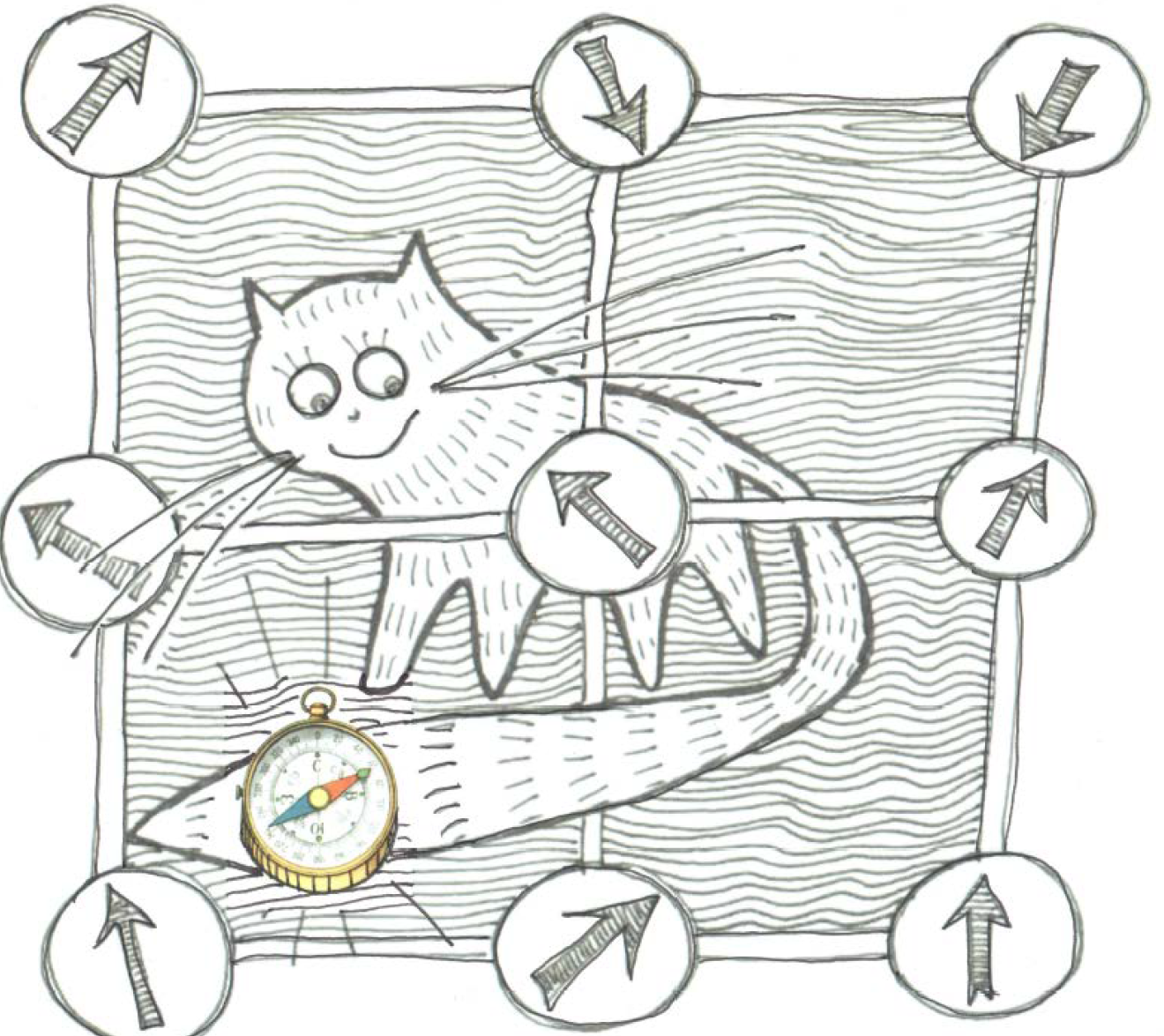
L
Paul's trap- one of the types of electromagnetic traps designed to retain, slow down and store charged microparticles, in particular ions, for a certain time.
 Schematic view of an ion trap. Source: mipt.ru
Schematic view of an ion trap. Source: mipt.ru
M
Density matrix- one of the main ways to describe a statequantum mechanical system. While the wave function is suitable only for describing pure states (see pure state of a system), then the density matrix is suitable for working with both pure and mixed states, including entangled states, which are important for quantum communications.
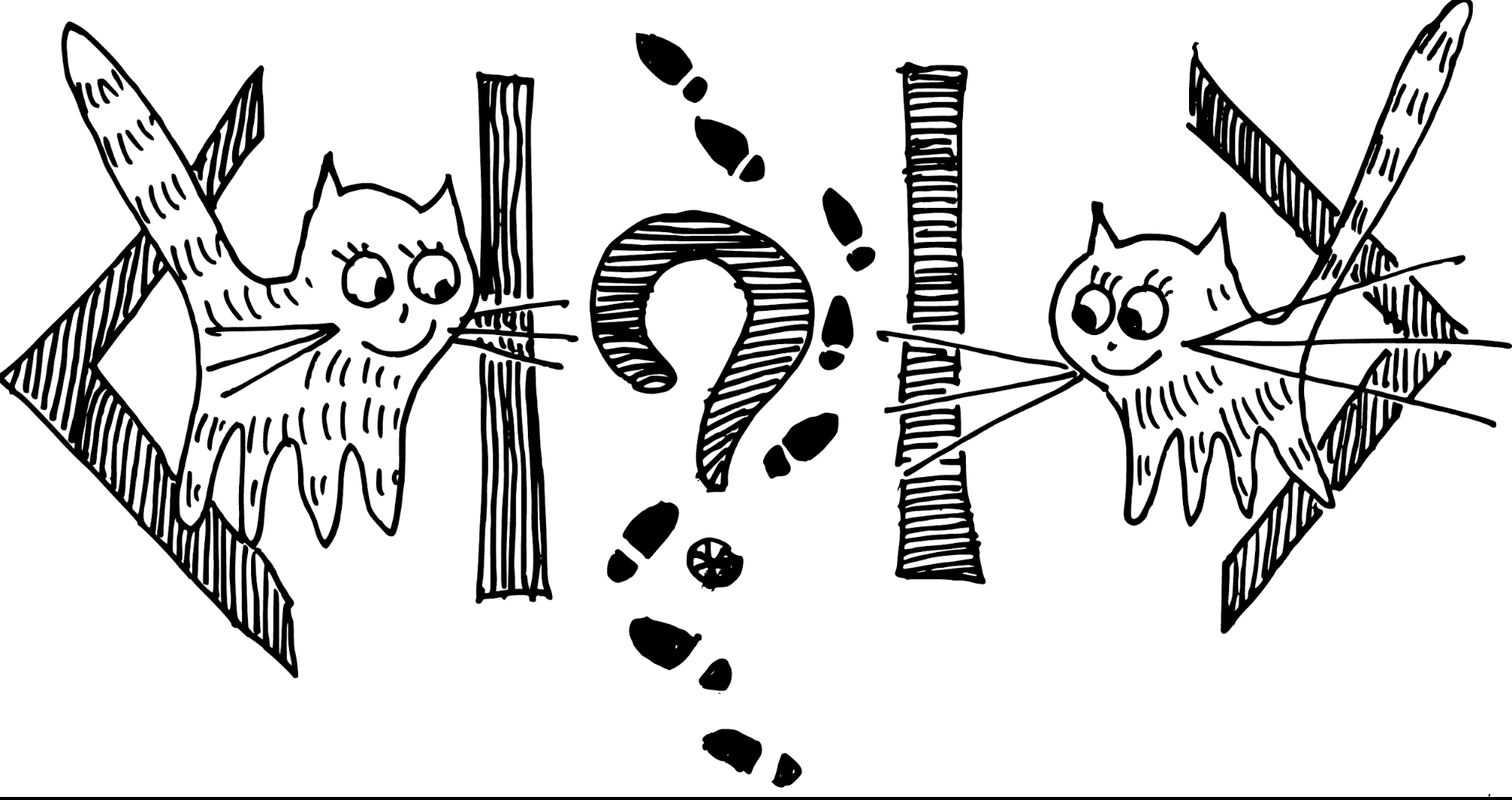
Mechanics, quantum- a branch of theoretical physics that describesphysical phenomena in the microcosm. Quantum mechanics was created in the early 20th century in response to several paradoxes that classical physics could not explain. There are still debates about the philosophical interpretation of quantum mechanics, some provisions of which contradict the materialistic picture of the world.
N
Uncertaintyin quantum computing, a principle thatstates that it is impossible to simultaneously know both the exact position and the exact speed of a particle. So, if we understand where the particle is at a given moment, we cannot determine its speed. If we know the speed, then we cannot determine the coordinates. The uncertainty principle was formulated by the German physicist Werner Heisenberg.

ABOUT
Volume, quantumIs a specialized characteristic thatintroduced by IBM to measure the "quality" of quantum computers. The quantum volume grows only with a simultaneous increase in the number of qubits and a decrease in the number of errors when working on them. This means that it is not enough just to increase the number of qubits - while maintaining the number of errors, the volume will not grow.
Optics, quantum- a branch of optics that deals with the studyphenomena where the quantum properties of light radiation are clearly manifested, including thermal radiation and the photoelectric effect. Quantum optics is based on the idea of light as a flow of quanta - photons.
P
Polariton- a quasiparticle of “liquid light”.Polaritons arise due to the interaction of light quanta, photons, with excited states of the crystal: excitons, phonons, plasmons or magnons. Polaritons combine the properties of light with the properties of material particles.
 Source: garyconklinglifenotes.wordpress.com
Source: garyconklinglifenotes.wordpress.com
Superiority- in quantum computing, it is an abilityquantum computers solve some problems in principle faster than any classical computer. As the complexity of the problem increases, the time it takes a quantum computer to solve it grows much more slowly than the time it takes to solve it for a classical computer.
R
Radiation- the spread of energy in the form of radiation.Often, radiation refers to ionizing radiation that can destroy living cells. Recently, physicists have discovered that radiation shortens the coherence time of quantum states of superconducting qubits, which means that quantum computers based on superconductors must have radiation shielding.
WITH
Simulator, quantum -quantum computing system aimed atsolving one or more similar problems. Quantum simulators are capable of simulating the properties and behavior of real quantum systems. They operate without the aid of an error correction mechanism, allowing simulations to be created using fewer qubits than would be needed for a general-purpose quantum computer.

Superpositionin quantum theory - a combination of properties of variousquantum states of a particle (that is, states with different energies or speeds). A particle exists simultaneously in two or more states until the act of measurement finds it in one of the states. So an experienced hide-and-seek player quietly moves from one room to another, hiding everywhere at the same time until he is found in one of the rooms.
T
Tunnel effect- the ability to overcome the microparticlepotential barrier. An illustration of this effect can be a kolobok rolling along a flat road and approaching a hill. In the classical world, a bun cannot overcome a sufficiently high mountain with a running start. In quantum reality, he has the ability to overcome an obstacle in any case, as if breaking through a tunnel under a mountain.
Turing, Alan- outstanding English mathematician, creatorfirst computer. During World War II, he led a team of scientists who created the “Turing bomb,” a computer that broke the code of the German Enigma cryptographic system.
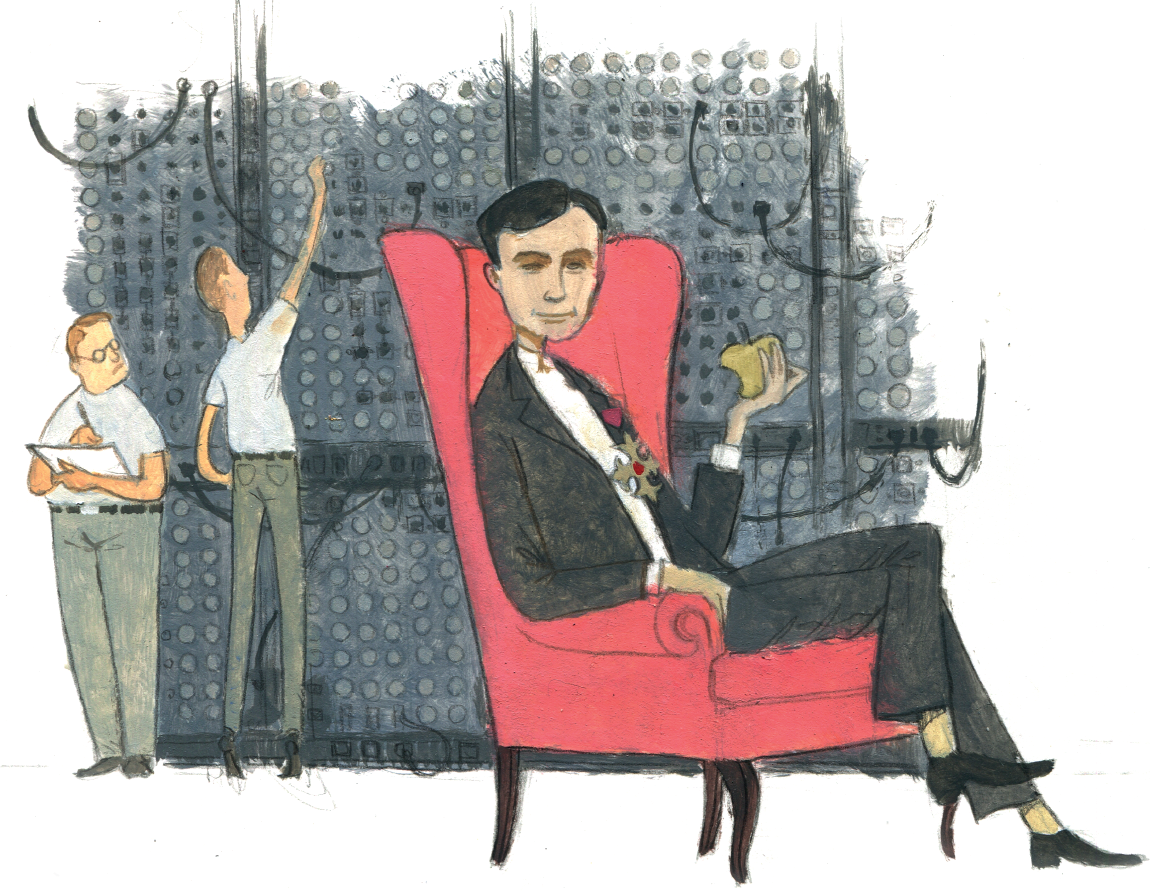
Have
Universal quantum computer- programmable computing device,based on the use of quantum computing algorithms. Its feature, unlike a quantum simulator, is the need to use a quantum error correction procedure. This leads to a sharp increase in the number of qubits in a computer processor and makes the implementation of such a processor an extremely difficult technical task.
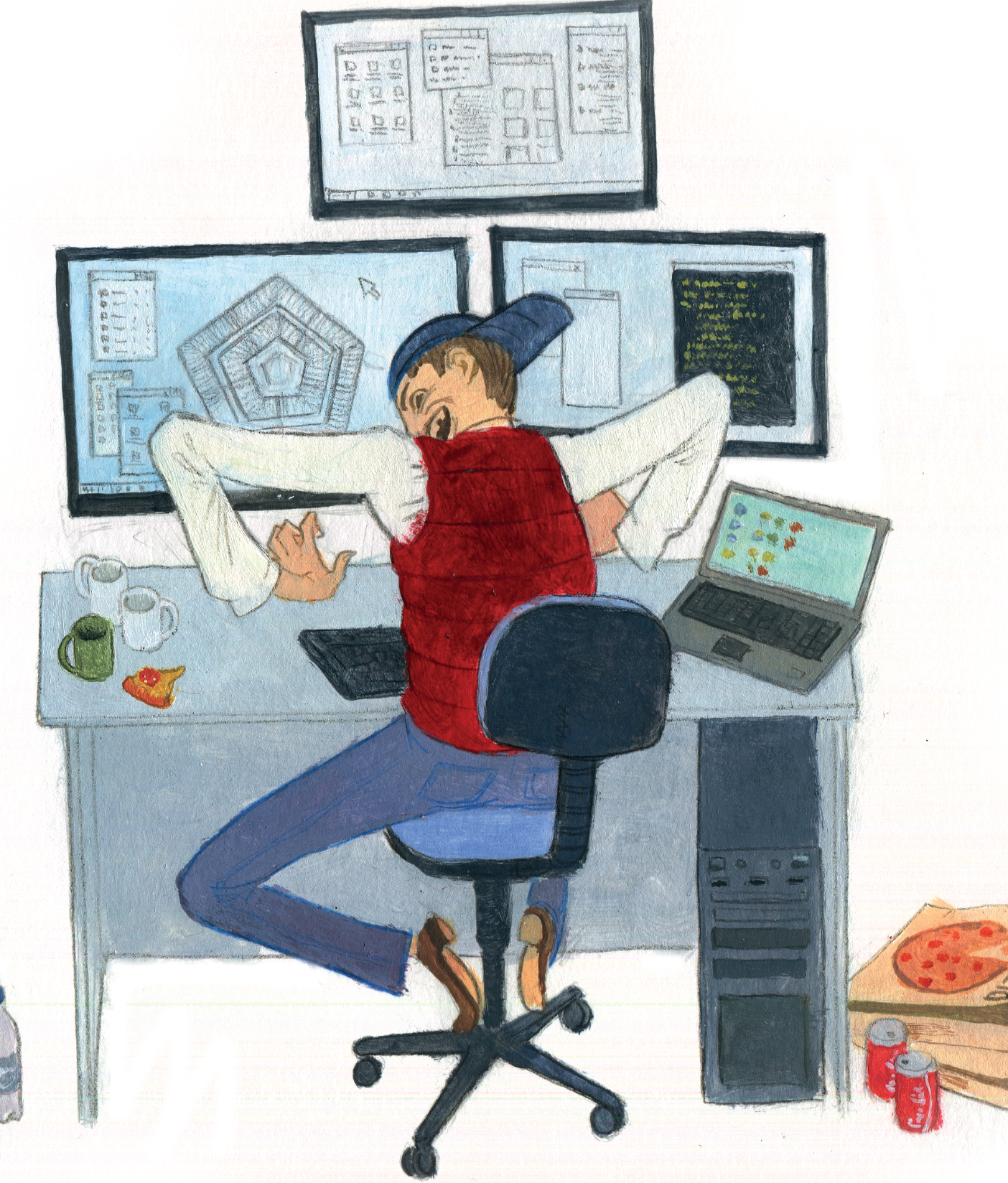
F
Photon- the most common elementary particle inUniverse, quantum of electromagnetic radiation. The photon endures electromagnetic interaction, has no mass or charge, and moves in a vacuum at the highest possible speed—the speed of light. Photons can be thought of as balloons filled with water. Waves on the surface of water carry information about the frequency, phase and polarization of light. This information can only be obtained by perforating the ball, that is, by destroying/absorbing a photon.
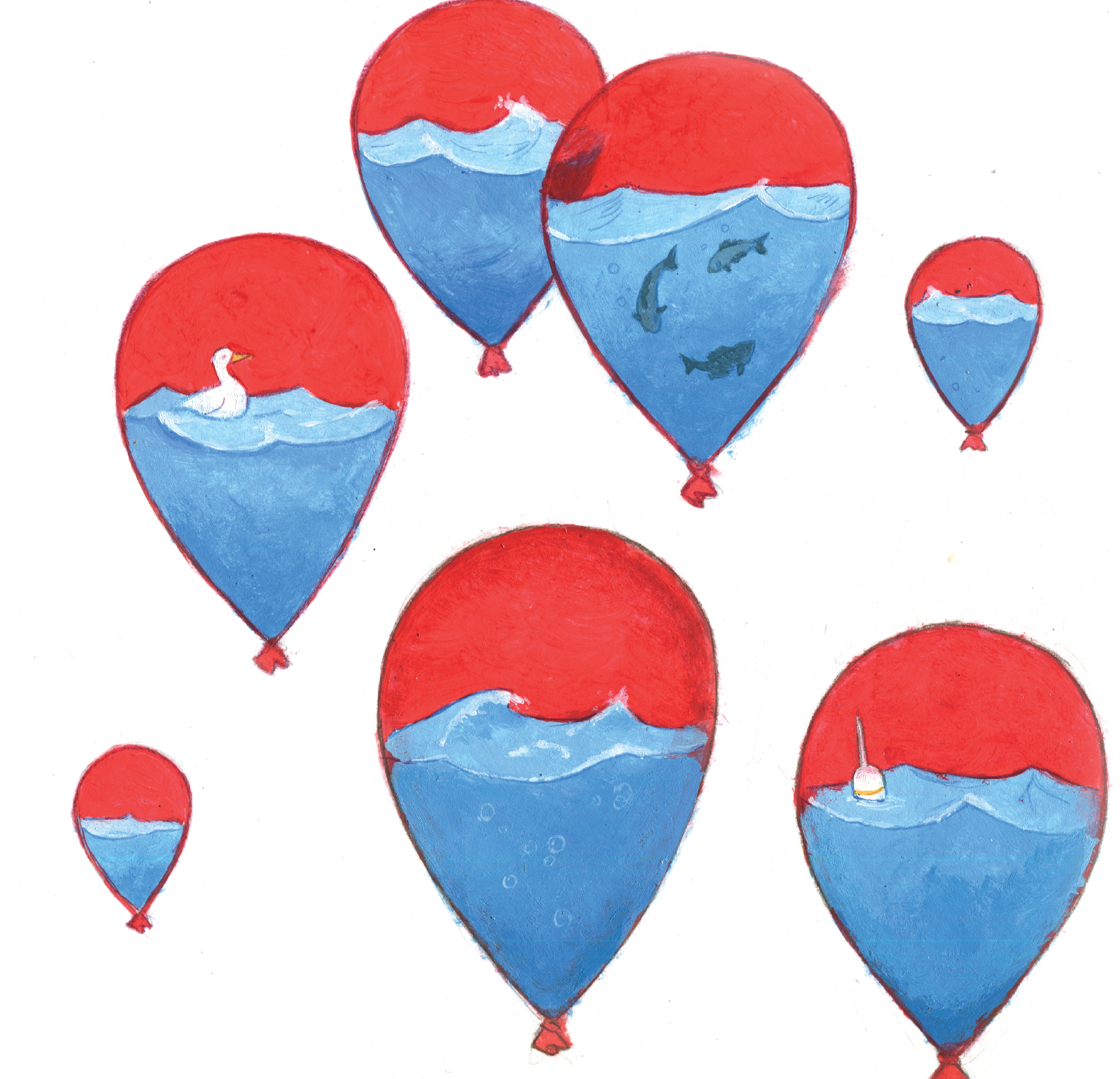
X
Chaos, quantum- a branch of physics that studies howchaotic classical systems can be described from the point of view of quantum mechanics. A system is considered chaotic if a small deviation in its initial state leads to radical changes in its subsequent evolution.
C
Color, quantum.This is a quantum number, one of the characteristics of quarks and gluons, elementary particles. Quantum color has nothing to do with ordinary color, that is, with the wavelength of light.
H
Clean system state- a state that can be described by a wavefunction. As a rule, pure states do not live long: they are destroyed due to the processes of decoherence. Entangled quantum states are not pure.
Sh
Schrödinger, Erwin- Austrian scientist, one of the founding fathersquantum mechanics. He proposed a thought experiment demonstrating the paradoxical absurdity of the principle of quantum superposition. A live cat and a device consisting of a Geiger counter with a small amount of radioactive substance inside, a flask with poison and a special mechanism are placed in a closed box. The probability that one of the radioactive atoms will decay within an hour is 50%. The disintegration of an atom should trigger a mechanism that breaks the flask with poison. As soon as the flask is broken, the cat dies. As long as the box is closed, we don't know whether the cat is alive or dead. From the point of view of quantum mechanics, he is both alive and dead. Only measurement (opening the box) projects the quantum state of the cat onto the classical basis: the cat is either alive or dead.
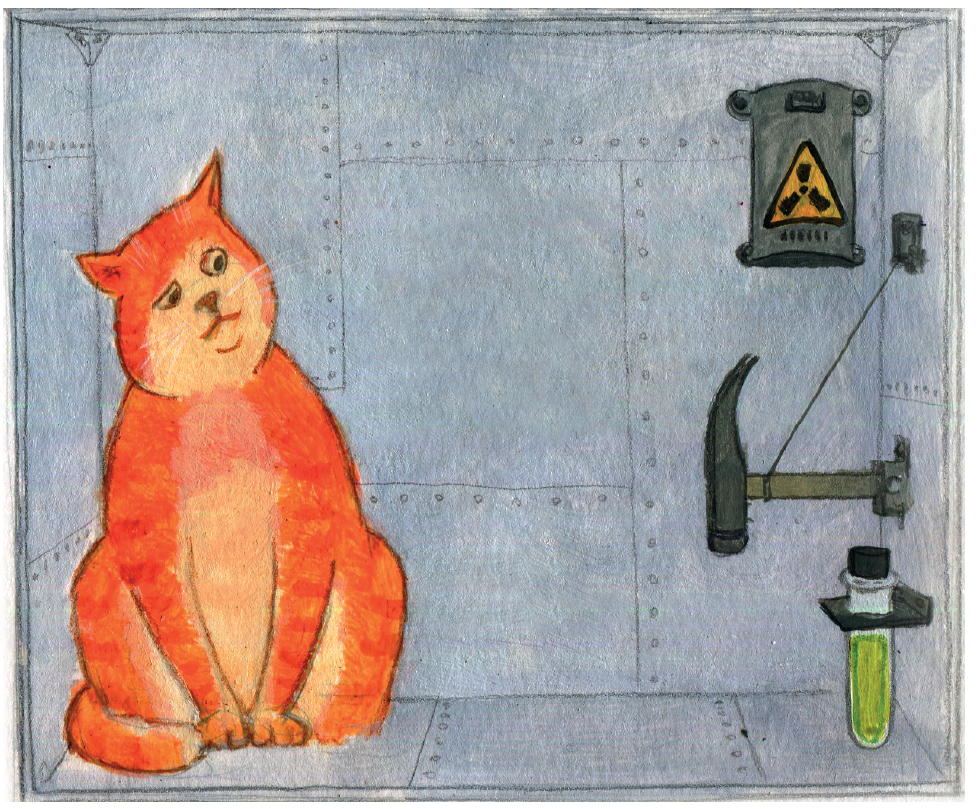
E
EmulatorIs a program that allows you to playproperties of systems for quantum computing on classical computers. Thanks to emulators, we can explore the potential of quantum computing technology: demonstrate algorithms, try error suppression techniques and quantum error correction codes.
Exciton -quasiparticle consisting of two othersquasiparticles: a positively charged hole and a negatively charged electron. An exciton has the same energy level structure as a hydrogen atom. Unlike hydrogen atoms, excitons are unstable. Their lifetime, as a rule, does not exceed one billionth of a second. Disappearing, excitons transfer their energy to light quanta - photons.
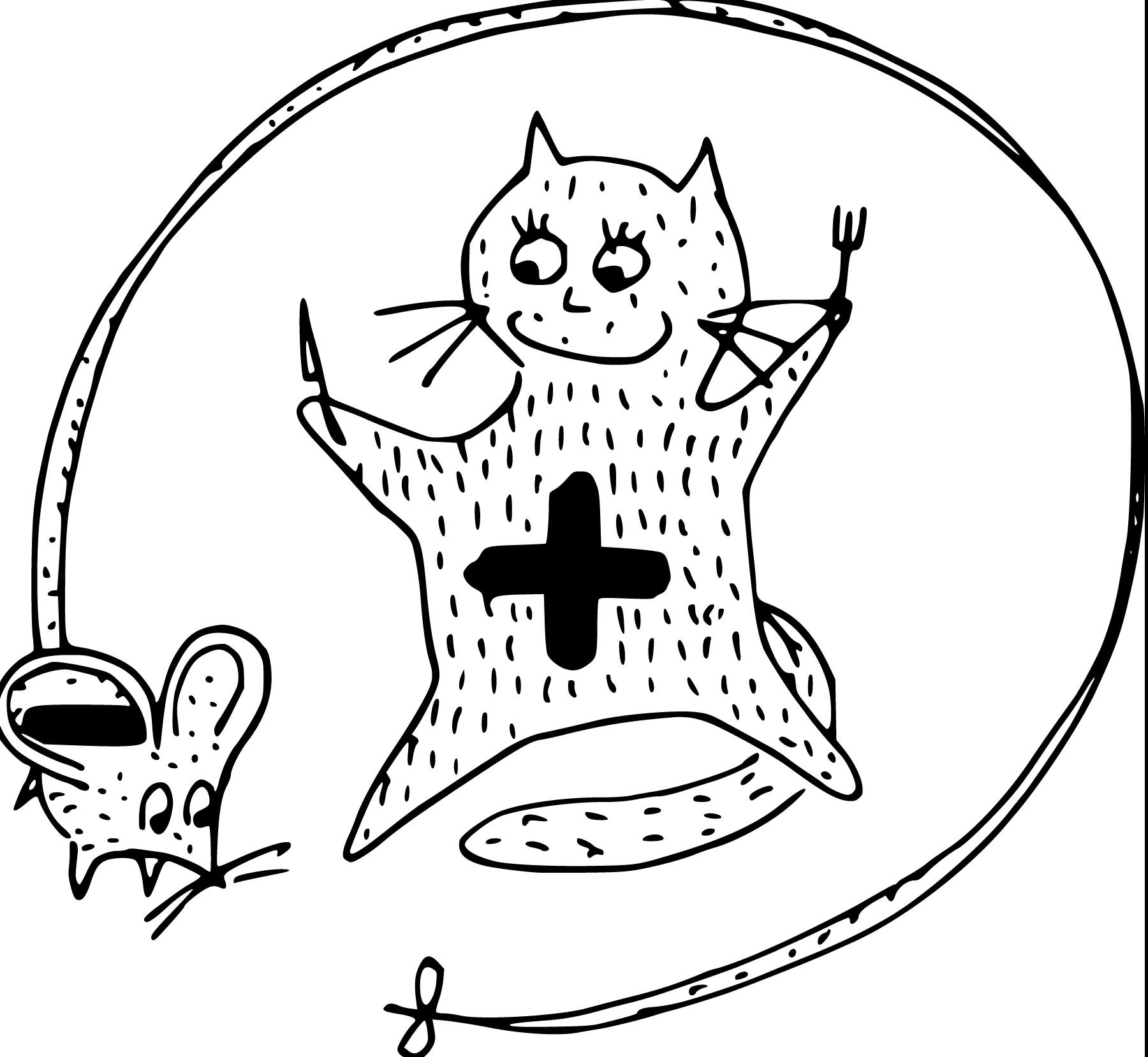
YU
Jung's experience- Thomas Young's experiment alloweddemonstrate the interference and diffraction of light - phenomena that served as proof of the validity of the wave theory of light. Subsequently, this experiment was repeated for a flow of electrons. The measurements showed that both light and matter can exhibit the properties of both waves and particles.
I
Quantum programming language- a special programming language that givesthe ability to describe quantum algorithms for solving various problems. There are currently several quantum programming languages, including QPL, QCL, Haskell-like QML, Quipper, Q#, Q, qGCL, cQPL.
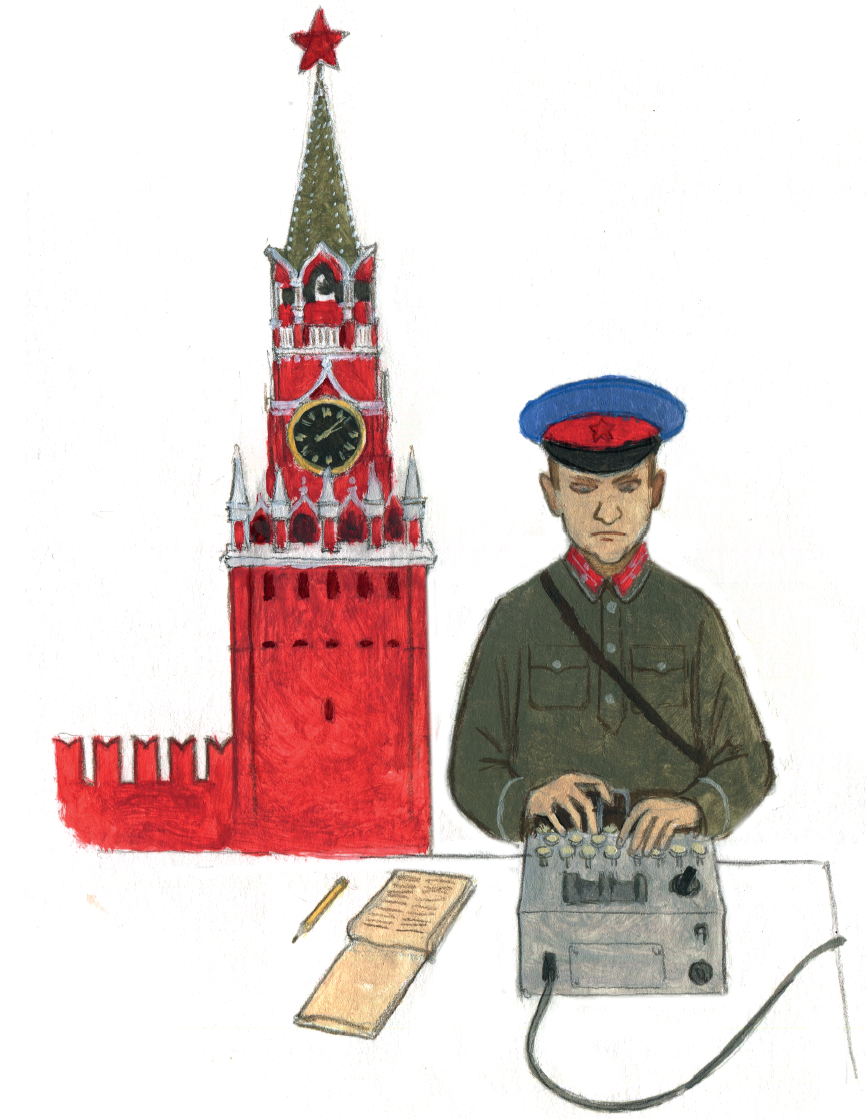
See also:
Researchers plunged for the first time to the deepest sunken ship
The first accurate map of the world was created. What's wrong with everyone else?
A wireless system has appeared that helps paralyzed